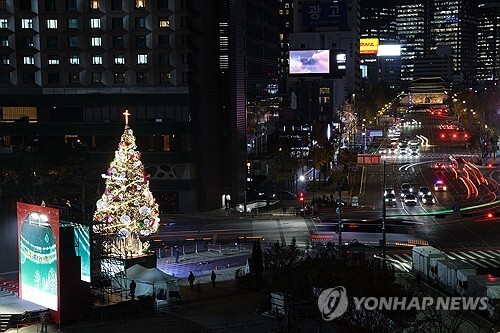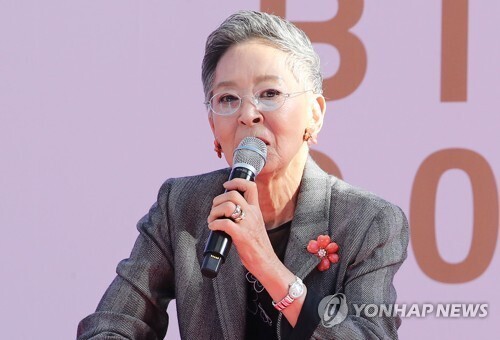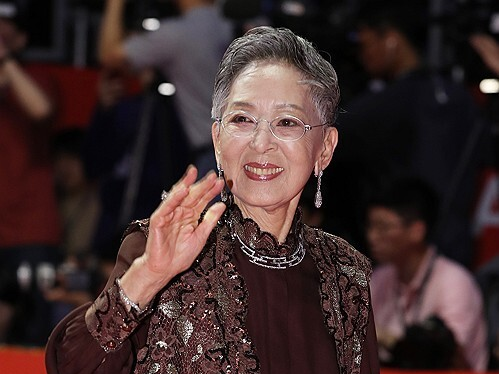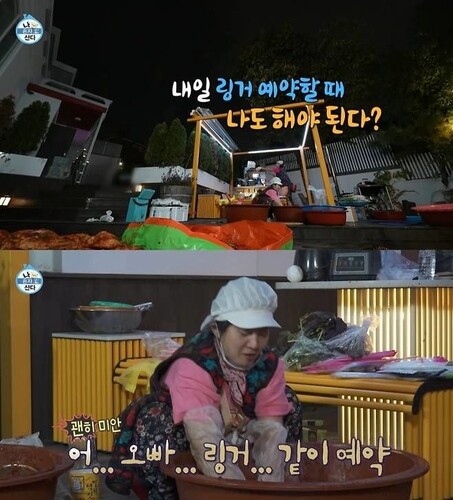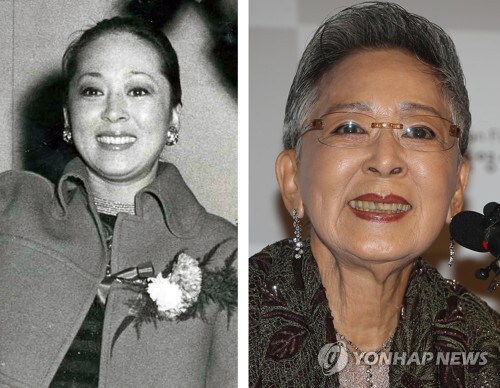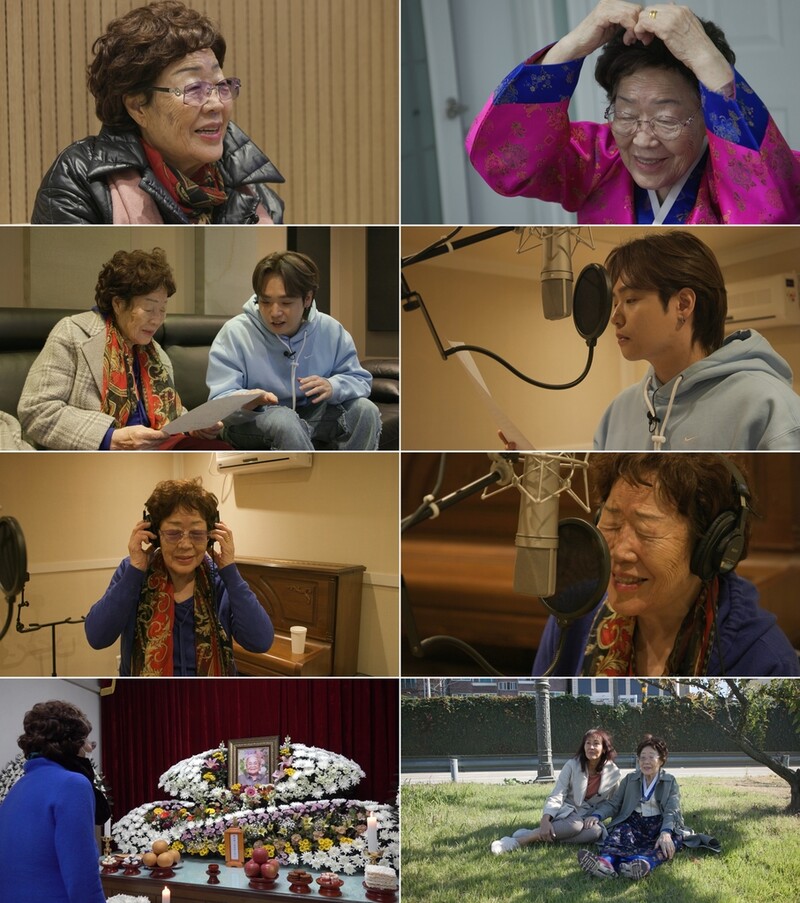 |
| ▲ These photos, provided by MBC, show scenes from documentary 'Grandma Is Back.' (PHOTO NOT FOR SALE) (Yonhap) |
SEOUL, Feb. 28 (Yonhap) -- South Korean broadcasters will present special documentaries in commemoration of the Sam-il Movement that will shed light on the victims of Japanese colonialism, including Mrs. Lee Yong-soo, who was one of the sexual slavery victims for the Japanese Imperial Army.
The national broadcaster MBC will air a special documentary, titled “Grandma Is Back,” at 8:50 a.m. on Mar. 1 that would follow the unfinished story of Mrs. Lee, the broadcaster announced Tuesday.
The upcoming documentary will explore the painful history, including the background of the establishment of a brothel for the Japanese Imperial Army during the Second World War as well as the sexual exploitation of the Japanese Army, through the life and records of Mrs. Lee. The show will examine how the unresolved historical conflict has permeated into the victim’s life and discuss the highly problematic issue of the sexual slavery victims for the Japanese Imperial and the general wartime sexual violence with journalists from the U.K. and the Netherlands.
Mrs. Lee will also meet with rapper Cho Kwang-il, who made himself known by winning the hip-hop reality competition show “Show Me the Money” Season 10, and write rap verses to add to the singer’s track “Women’s Life.” Actress Song Hye-kyo, who recently received the international spotlight once again for her role in Netflix’s “The Glory,” will be in charge of the narrations.
In the meantime, KBS 1TV will broadcast its own special documentary, titled “A Record from the Outside – Survivors” (literal title), at 11 a.m. on the same day.
The documentary will be delivering the historical records told by 14 Koreans who survived from the illegal and forceful mobilizations during the Japanese colonial era to textile factories, military units, and airfields. Some even made it through the incident that killed a total of 136 Koreans at the Chosei Coal Mine in Yamaguchi Prefecture during the colonial occupation.
The victims witness the life-threatening labor exploitations that had to endure during which they were not afforded the accommodations and education they were promised before they left the country.
The documentary will highlight the agony and misery of these victims who could not return to their homeland even after Korea earned its independence while re-emphasizing that the compensation for damage for these victims has not yet been properly carried out.
It will also accuse Japan of disregarding the truth and turning away its face from the sufferings of these victims for more than 80 years, and how the country erected a tombstone for the Chinese victims at a park in the city of Nagasaki without mentioning the damage it caused on Koreans.
SBS is scheduled to air the documentary titled “Land of Resistance, Crying Manse in Gunsan,” set in the city of Gunsan, a city in North Jeolla Province, at 8:50 a.m. on Mar. 1 in commemoration of the March 1st Movement.
The documentary is set to trace back the history of the March 1st Movement, also called the Sam-il Movement and Manse Demonstrations, with Lee Gon, a descendant of Lee Doo-yeol of Yeongmyeong School that served as the center of the independence movement. It will bring the Japanese Imperial Army’s looting and exploitation in the city from the 1990s to 1910s under the spotlight.
(This article is translated from Korean to English by Ha eun Lee)
(END)
(C) Yonhap News Agency. All Rights Reserved













![[가요소식] 지코, 요아소비 이쿠라와 신곡 '듀엣' 발매](https://korean-vibe.com/news/data/20251212/yna1065624915953509_920_thum.jpg)
